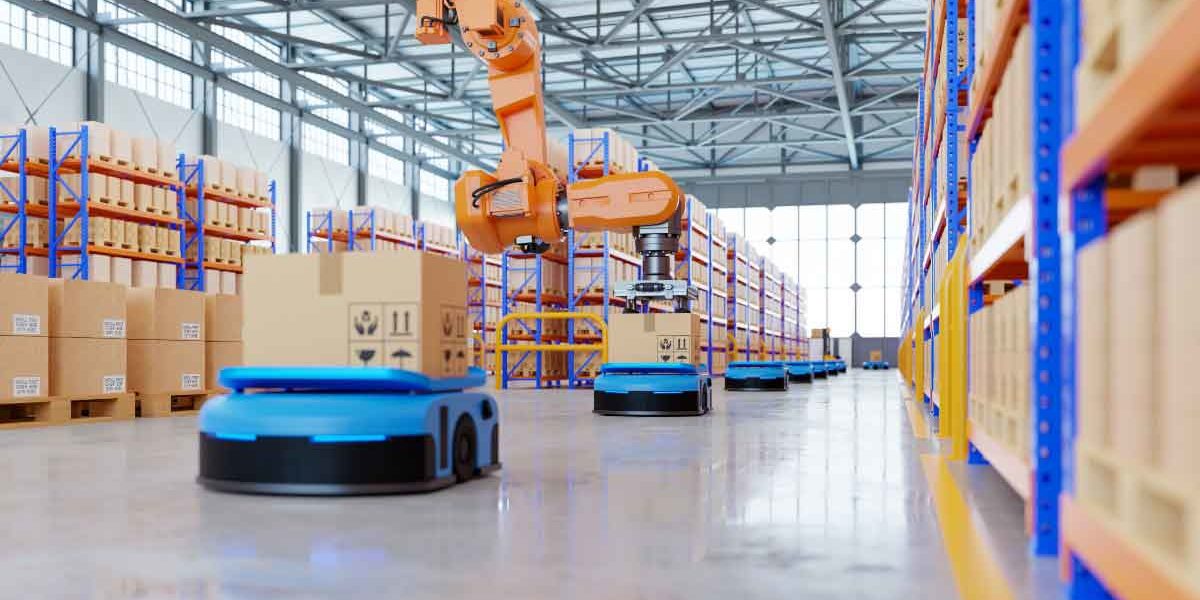Wireless automation to improve production is at the heart of Industry 4.0, the smart-technology-driven revolution of manufacturing processes. Are the complexities of IIoT worth embracing in an environment where cybersecurity risks are increasing?
Explore the advantages, use cases, and complexities of widespread IIoT in the modern world to get a clearer response to this issue.
The Benefits of Industrial IoT
To begin, it’s helpful to define IIoT and how it can revitalize modern operations. The Industrial Internet of Things (IIoT) uses linked smart devices to track, automate, and forecast various industrial processes and outcomes. These innovations range from improved workplace safety by factory floor control systems to the predictive maintenance capabilities currently revolutionizing the fleet management industry.
The widespread use of Industrial IoT Solutions improves the efficiency of suppliers, supply chains, and warehouse managers. Data-driven observations drive better performance in the IIoT. This will mean a variety of things for many businesses:
- Greater energy performance
- Decreased costs
- Better quality products
- Enhanced decision-making potential
- Less equipment downtime
In short, Industrial IoT Solutions‘ workflow and data-gathering capabilities result in a more productive workspace. Industrial companies can streamline processes as never before as less energy is used, product quality is improved, and metrics are measured. Since each downtime event costs an average of $17,000, the use of IIoT in predictive maintenance alone will save a lot of money.
These advantages of IIoT are one of the reasons why widespread use is so attractive. Many businesses in a variety of sectors are now using it to great advantage.
What Are the Applications of IIoT?
The IIoT’s creative ability is almost infinite. However, there are three main categories in which this technology is used to produce promising results in industries. Remote management, predictive repair, and automation are the three types.
To give you a clearer understanding of what correctly deployed smart devices can do, here are several samples of Industrial IoT Solutions uses in each of these three groups.
Remote Monitoring
Local displays are provided by radar-level sensors, allowing operators to control levels from a single dashboard quickly. These devices make it simple to measure moving and spinning machinery points, allowing operators to receive real-time information about the tool’s capabilities. Which, in particular, provides information on total equipment life cycles and replacement requirements, allowing for proactive maintenance.
Predictive Maintenance
Drones equipped with equipment controllers and sensors are being used in the power industry to track powerline networks and assess risks. These drones will foresee situations like predicting when a tree will collapse on a power line, requiring expensive maintenance and repair. Companies will be notified before the harm is done in this manner. Predictive monitoring allows for cost-effective repairs and intervention before any damage has occurred.
Automation

Smart irrigation in industrial farming is one of the most important applications of Industrial IoT and Automation Technology. While water is a valuable resource, farmers must follow a regular watering schedule to ensure proper plant treatment. Smart irrigation systems, on the other hand, automate this mechanism, thus reducing water use. The IIoT computer monitors soil moisture levels and alerts the sprinkler system when water is needed. Water, money, and time are all saved in this manner.
In the right application, these three types of IIoT deployment provide enterprises with unparalleled accuracy and performance. Businesses, on the other hand, must first tackle the obstacles.
The Challenges of IIoT Implementation
Many people are only now becoming aware of some of the larger complexities of maintaining an industrial IoT network with a diverse set of useful equipment. IIoT components, like any other networked system, are vulnerable to cybersecurity threats. Meanwhile, using these instruments to their full extent necessitates pre-planning and evaluation.
Consider the following typical challenges to IoT progress when applying your Industrial IoT Solutions:
- Failure to align KPIs with clear business goals
- Inappropriate organizational arrangement
- Need of IoT experience
- IoT security threats
The consequences of failing to take these threats seriously will have more than just financial risks. Employee protection can be jeopardized by an automated system, just like it can be undermined by a car that has been compromised or contaminated by malware.
A cybersecurity risk evaluation must be performed at regular intervals during the Industrial IoT Solutions‘ lifecycle, and personnel must be trained in proper execution to overcome all of these obstacles.
Final Thoughts
Any business will benefit from the IIoT’s powerful efficiency advantages. However, correctly implementing such devices necessitates good employee training and teamwork. Industrial IoT Solutions can provide industries with valuable information as part of the future of all industrial workplaces, but solving common problems like cybersecurity threats will take time.



